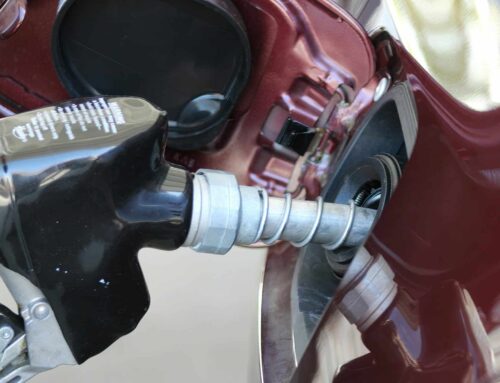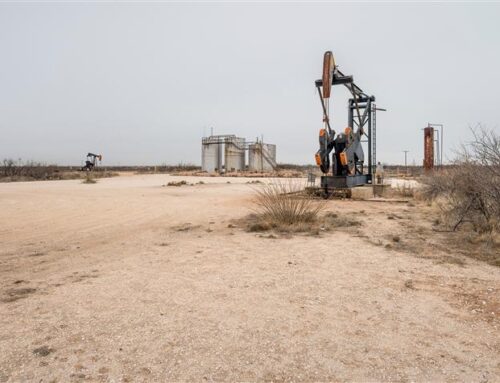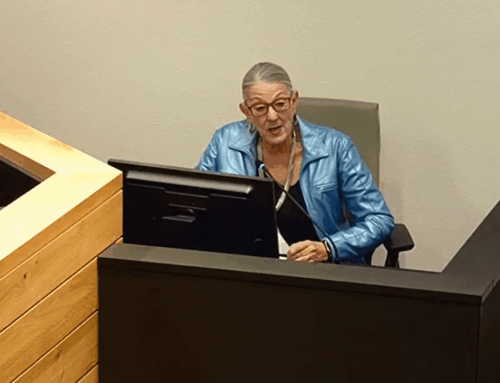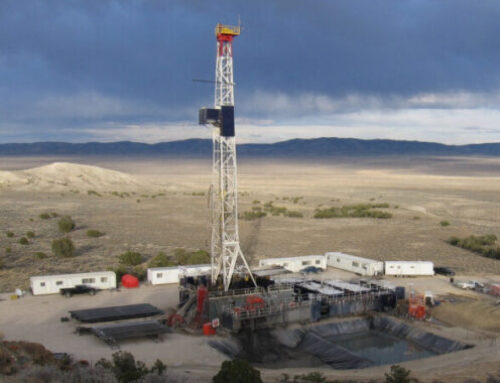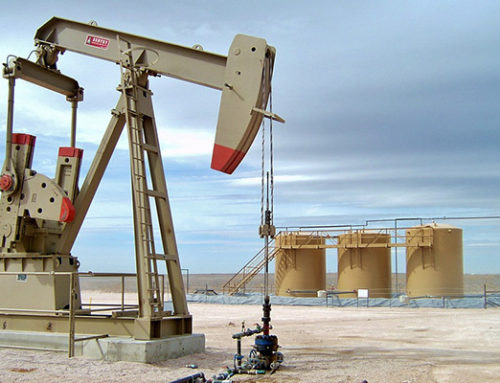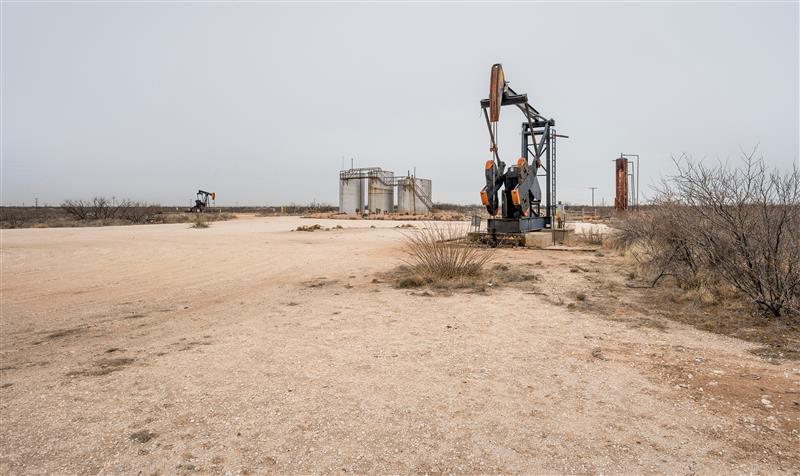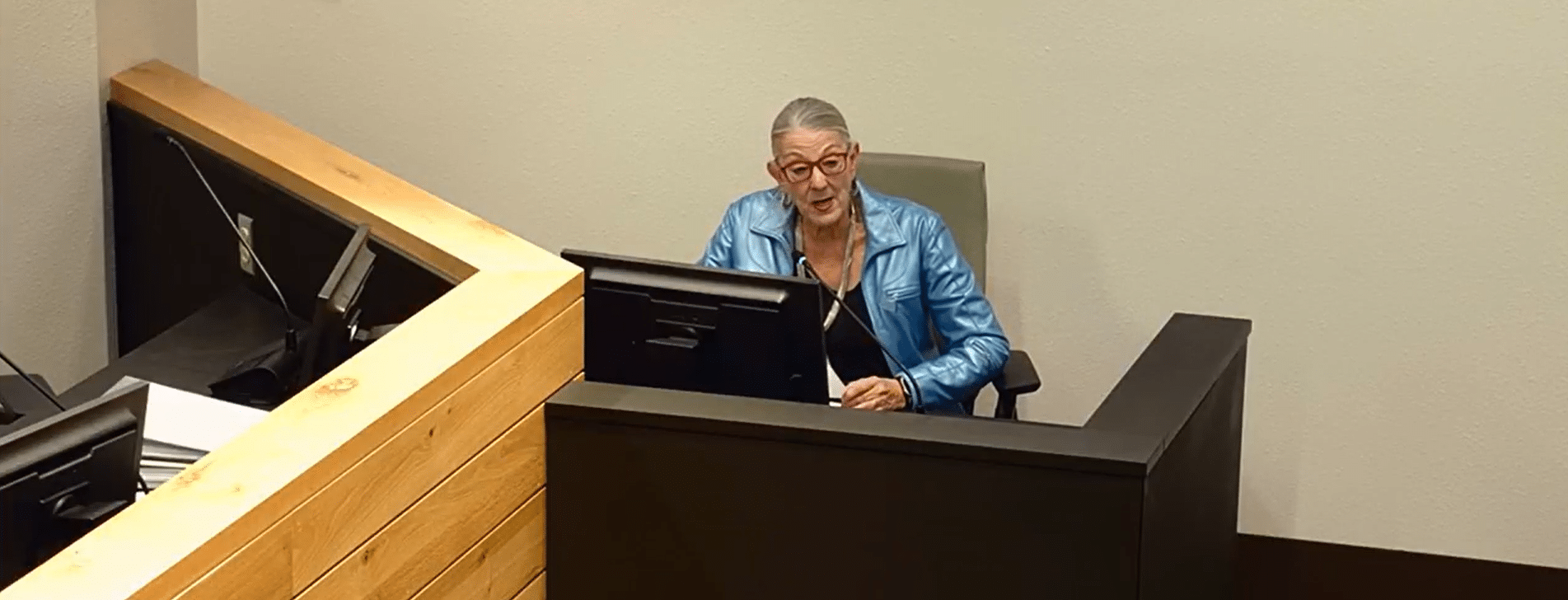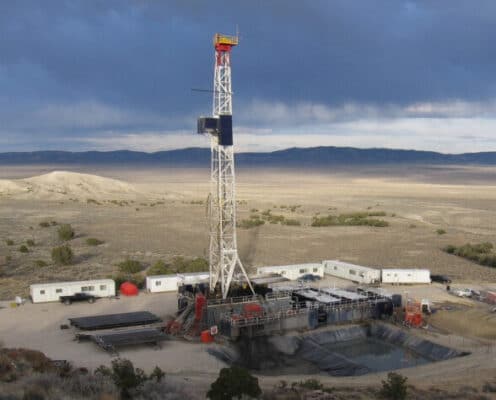On November 2, the Senate Committee on Energy and Natural Resources held a full committee hearing to "Examine Opportunities and Challenges in Deploying CCUS and DAC Technologies on Federal and Non-Federal Lands." Hearing witnesses were Brad J. Crabtree, Assistant Energy Secretary for Fossil Energy and Carbon Management; Lily R. Barkau, Groundwater Section Manager in the Wyoming Department of Environmental Quality's Water Quality Division; Erin Burns, Executive Director of Carbon180; and Bruno Pigott, Principal Deputy Assistant Environmental Protect Agency (EPA) Administrator for the Office of Water.
Carbon capture utilization and sequestration (CCS) technologies have received billions of dollars in federal support over the past several decades, with a massive influx of funding in the Inflation Reduction Act (IRA) and Infrastructure Investment and Jobs Act (IIJA). These taxpayer subsidies support CCS at every step in the development process, from research and development (R&D) to federal loan guarantees for the construction of the projects. Despite generous federal support, CCS projects have a poor track record and the majority of projects previously funded by the Department of Energy (DOE) were cancelled or suspended.
An unprecedented level of federal spending on CCS has been provided through IIJA and IRA with no oversight or accountability mechanisms in place. The credit for carbon oxide sequestration, referred to as the 45Q tax credit, is one of the most significant subsidies for CCS. This tax credit can be claimed by qualified taxpayers for every metric ton of carbon oxide they capture and sequester. More than a billion dollars in tax credits have already been claimed since the credit was first created in 2008. The IRA greatly expanded and extended the 45Q tax credit with no oversight provision despite the credit's history of fraudulent claims — between 2010 and 2019, close to 90% of $1 billion worth of credits claimed did not comply with EPA requirements. The recent IRA expansion is estimated to cost taxpayers an additional $3.2 billion over the next decade.
These massive investments have spurred the announcement of hundreds of new projects across the country. According to Assistant Secretary Crabtree, nearly 200 projects have been publicly announced in response to the expanded 45Q tax credit and other subsidies codified in the IRA and IIJA.
Some committee members raised concerns with the process of issuing class VI permits to sequester carbon, noting that none had been issued since the passage of the IRA. Members of the committee urged the EPA to expedite the permitting process, but since there is no known federal legal or regulatory framework to address the long-term liability associated with carbon storage, this would put taxpayers at risk. In the event carbon leaks out, the potential health, environment, and climate impacts and liabilities are likely to fall on taxpayers' shoulders.
Committee members also raised concerns that portions of the funding appropriated in the IIJA and IRA have yet to be allocated. However, it's important to caution against accelerated selection process to meet fund expiration deadline. A GAO report found that DOE violated its own project management practices like expediting negotiation schedule for CCS demonstration projects in order to spend American Recovery and Reinvestment Act of 2009 funds as quickly as possible.
Even with significant federal support, CCS technology deployment still faces challenges. Carbon capture technologies continue to remain prohibitively expensive, especially compared to other climate mitigation strategies, and pose major investment risks. As Assistant Secretary Crabtree explained, the 13 currently operating CCS facilities could only be financed because "a whole wide range of optimal things came together." He noted that very few projects in the pipeline for both direct air capture and CCS would be economically viable without federal support, particularly the 45Q tax credit.
During the hearing, Assistant Secretary Crabtree pointed to the Petra Nova plant as a success story for CCS—achieving the technological milestone of 90% capturing capacity. But the reality is that the capture equipment at Petra Nova was only capturing 90% of one flue gas slipstream, which is just around 7% of the plant's total CO2 emissions. The CCS equipment at Petra Nova cost $1 billion in total, with close to $200 million coming from public funding. And during the pandemic, the plant had to shut down temporarily due to low oil prices, because Petra Nova sells its captured carbon to enhanced oil recovery (EOR) facilities which will then use it to produce more oil. Without the demand for oil, Petra Nova could not recoup their capture costs by selling their carbon to EOR facilities. Petra Nova raises serious concern about the cost-effectiveness of CCS as well as the technology's close relationship to increased oil production and the impact on overall emissions.
Senator Padilla (D-CA) noted that the 45Q tax credit rewards companies that emit and then capture their emissions, but not companies that are directly lowering or eliminating emissions, which raises the questions about how we should balance current incentives for carbon capture versus rewarding innovative technologies that lower or reduce emissions.
Erin Burns, Executive director of Carbon180, also raised the role of the federal government in establishing industry standards. The Department of Energy (DOE) recently announced the creation of a voluntary Responsible Carbon Management Initiative "designed to identify and elevate industry best practices and encourage project developers to pursue the highest levels of safety, environmental stewardship, transparency, and community engagement and benefits," according to Assistant Secretary Crabtree. In general, TCS supports DOE's efforts to encourage responsible carbon management, particularly efforts to increase transparency and data accessibility regarding CCS projects. However, given a track record of federal mismanagement of CCS programs, along with the industry's repeated failures, it is critical to enforce transparency and accountability.
For more information on CCS explore TCS's additional products below:

